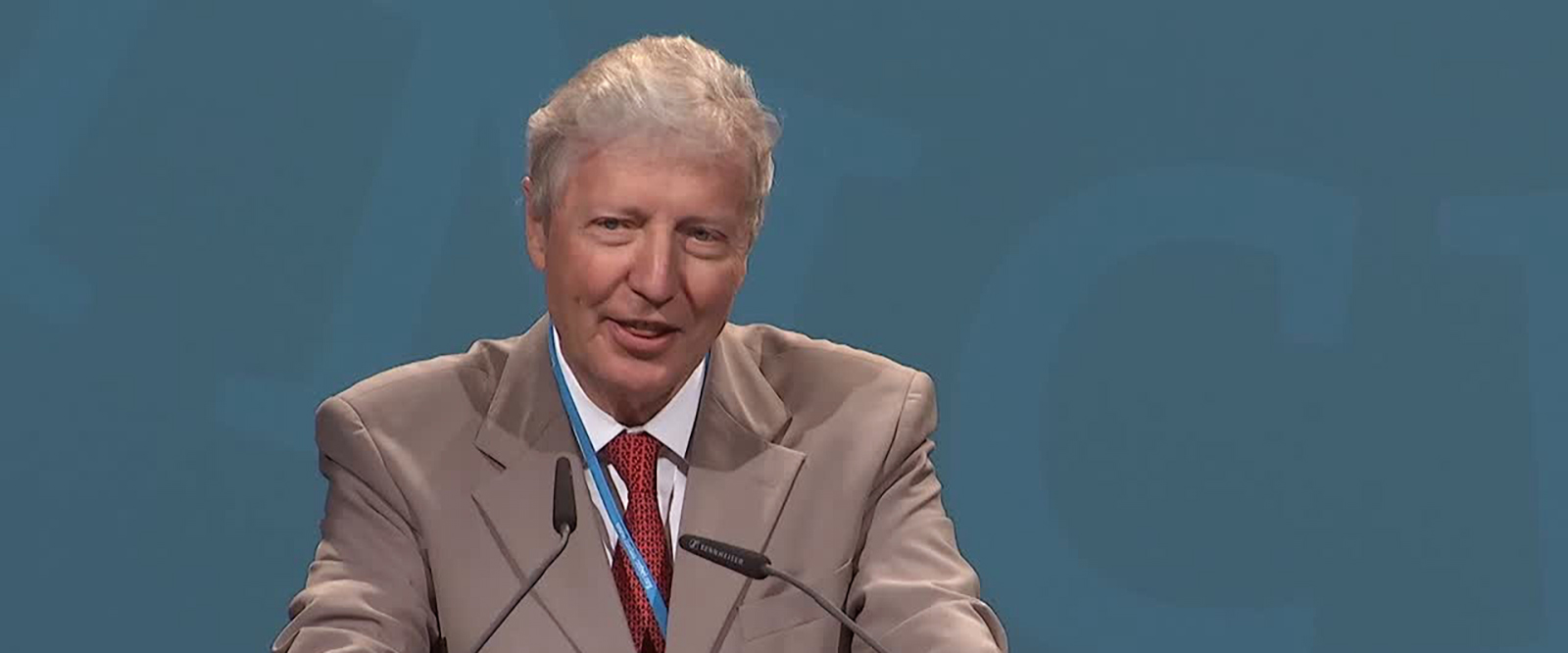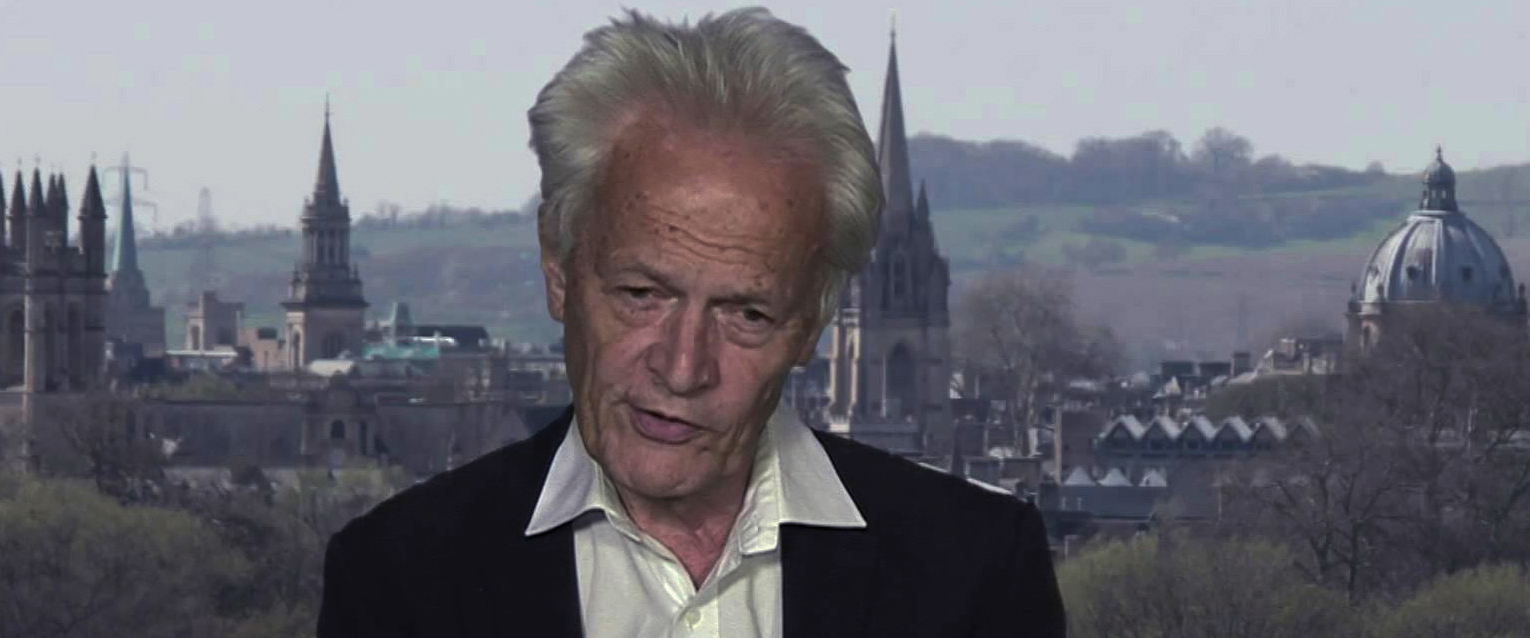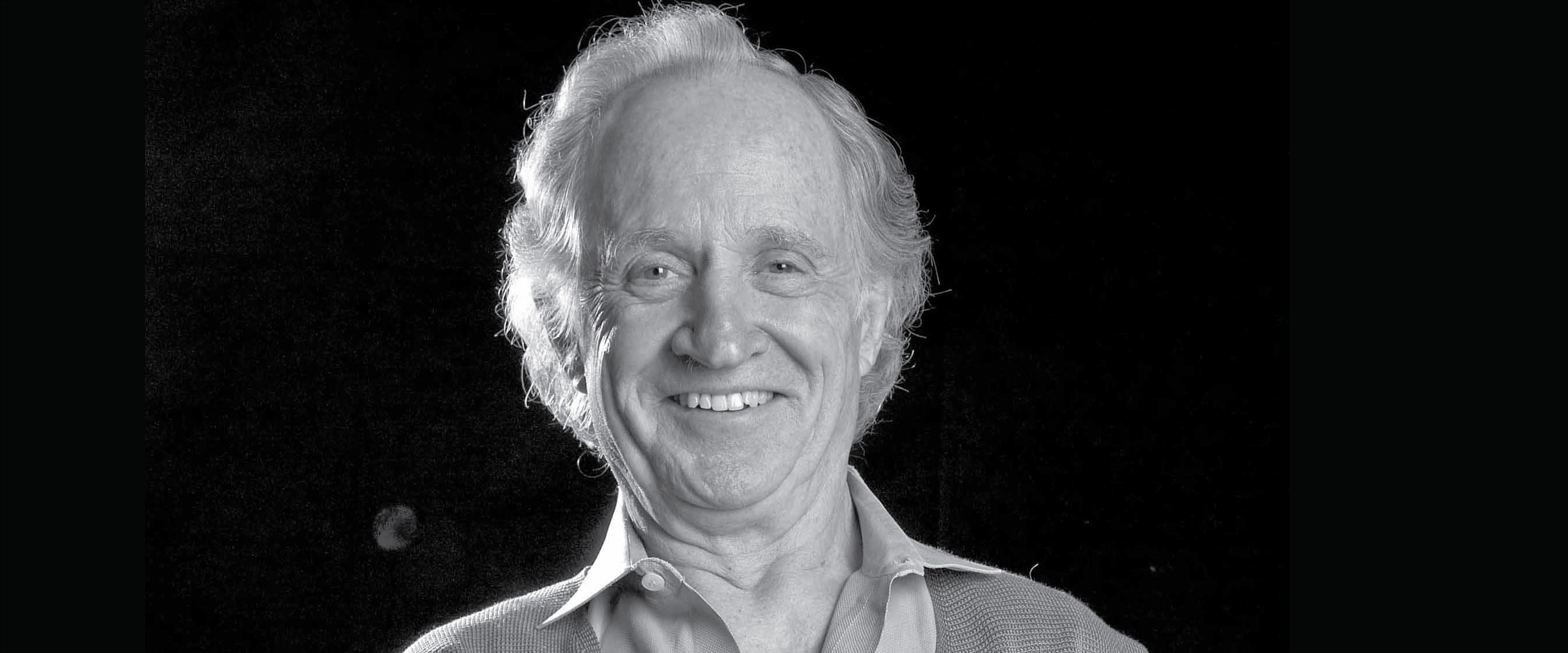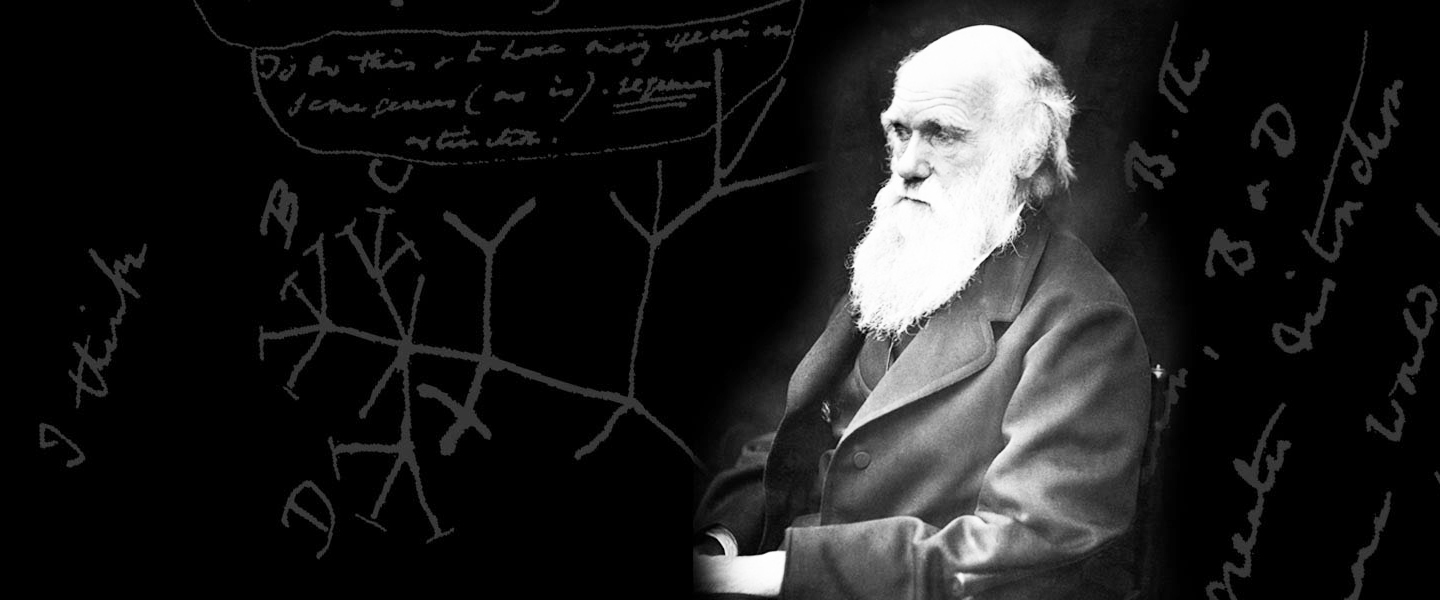 The University of Pavia has a rich history. A number of distinguished scholars lectured and researched in Pavia including the polymath Girolamo Cardano (1501-1576), the naturalist Lazzaro Spallanzani (1729- 1799), the anatomist Antonio Scarpa (1752-1832), the physicist Alessandro Volta (1745-1827) and the medical scientist Camillo Golgi (1843-1926) who won a share of the 1906 Nobel Prize for Physiology and Medicine with Santiago Ramon y Cajal.
The University of Pavia has a rich history. A number of distinguished scholars lectured and researched in Pavia including the polymath Girolamo Cardano (1501-1576), the naturalist Lazzaro Spallanzani (1729- 1799), the anatomist Antonio Scarpa (1752-1832), the physicist Alessandro Volta (1745-1827) and the medical scientist Camillo Golgi (1843-1926) who won a share of the 1906 Nobel Prize for Physiology and Medicine with Santiago Ramon y Cajal.
The University of Pavia was founded officially through an Act of the Emperor Charles IV in 1361. As such, therefore, the University of Pavia is more recent than several other Universities in Italy (the Universities of Bologna, Padova, Florence and Pisa were founded in 1088, 1222, 1321 and 1343 respectively). However, a Law School existed in Pavia much earlier, was regulated by an Act issued by King Lotharius in 825 and, if this foundation date was adopted, it would make the University of Pavia the oldest studium in Europe. The challenge for the University of Pavia is clearly to live up to its tradition and demonstrate that it is capable of ground breaking contributions as it has been in earlier times. Italian and foreign students can read a wide range of subjects at Pavia across the Humanities, Social Sciences, Experimental Sciences, Mathematics, Engineering and Medicine. Currently over 20,000 are enrolled in undergraduate or postgraduate Courses at Pavia.
The University owns a wealth of beautiful historical buildings and the main University site, in the centre of Pavia, constitutes a unique and beautiful set of courts and buildings completed in the late part of the 18th century. The historic University library is located there. There are 15 Colleges at the University of Pavia and, although the vast majority of students at Pavia do not live in College, Pavia can claim to be the only Italian University with a true and extensive Collegiate system. Colleges provide a strong basis for University studies and for enriching student's cultural and social life of students. They also promote student's sport activities alongside the University Sport Centre (Centro Universitario Sportivo, CUS), which has strong traditions and records of achievement in University rowing and rugby.
The City
The city of Pavia is a Roman city with a population of approximately 70,000 and with a long history that reached particular distinction in early medieval times when Pavia acted as the capital of the kingdom of the Lombards, a kingdom that occupied much of Northern Italy. The city is located 44 km South of Milan and is easily reachable by train from Milan and from Genoa. It is also well connected to airports, especially Linate, Milan city airport (a one hour journey by coach). Many intercontinental flights reach Malpensa airport, from which Pavia can be reached by bus/train in approximately one hour and a half with a change in Milan.
Malpensa also operates a number of low cost flights by Easyjet and several other carriers. Numerous other low cost flights, including Ryanair, operate from Orio al Serio, Bergamo airport, from which Pavia can be reached by train in approximately one hour and a half with a train change in Milan. Frequent coach services also connect both Malpensa and Orio al Serio with the main train station in Milan (Milano Centrale) from which trains reach Pavia in half an hour.











 University
University